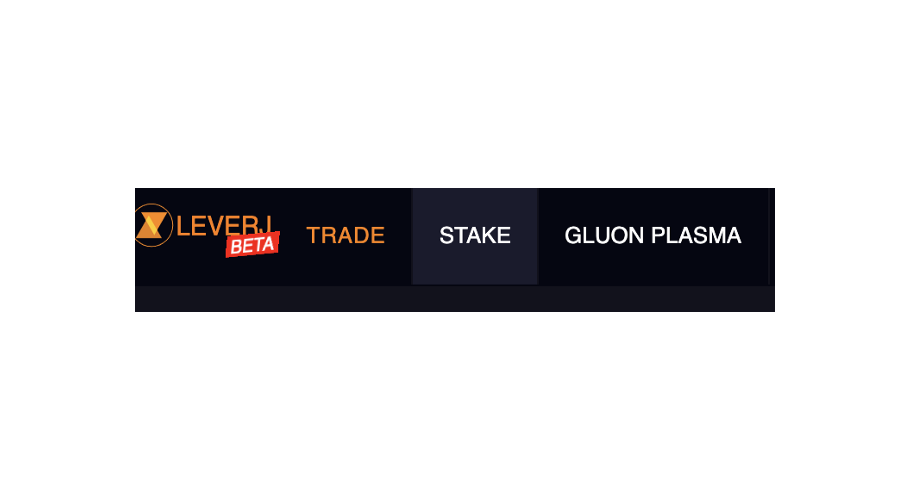Leverj, a non-custodial crypto exchange, announced it has now integrated a staking user interface for its native LEV token and is accessible easily via a menu click on the Leverj platform.
The staking interface covers 4 sections of information, and appear in the following order: Information about the current staking cycle, Personal staking possibilities, Information about the staking contract, and Staking history.
Staking is a periodic activity. Each period or cycle lasts 172800 Ethereum blocks. This roughly maps to 30 calendar days, since there is an Ethereum block approximately every 15 seconds. The mapping of blocks to elapsed time could vary depending on several factors, including network congestion. The interface tells you how many of these cycles of 172800 Ethereum blocks have elapsed.
Staking Possibilities
Users can stake the native platform token LEV to earn FEE. Leverj exchange systems link to a user’s wallet via MetaMask. If a user has LEV available in their wallet and not locked elsewhere then they will see it as the available amount to stake.
Staking Contract
Staking is managed by a smart contract. A link to the staking smart contract is available on Etherscan.
The amount of rewards is a function of the amount of a user’s stake relative to the total value staked in the cycle. It also depends on when the tokens were staked. The longer the tokens were staked in a cycle, the more the rewards.
Re-staking
Once a cycle is complete, users have the option to re-stake or withdraw all funds back to their wallets.
